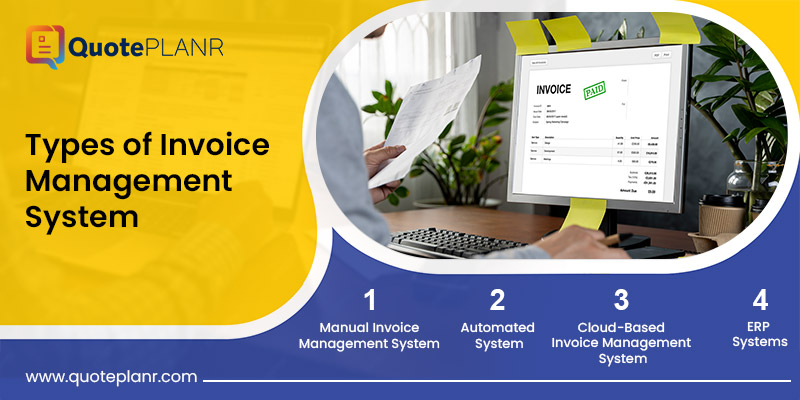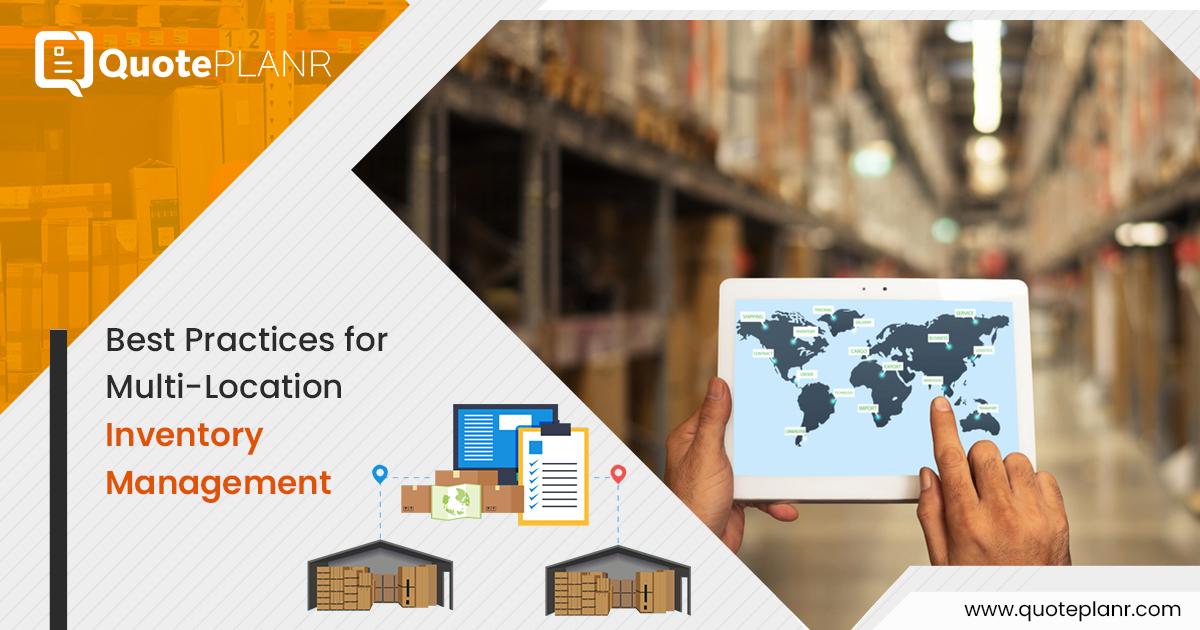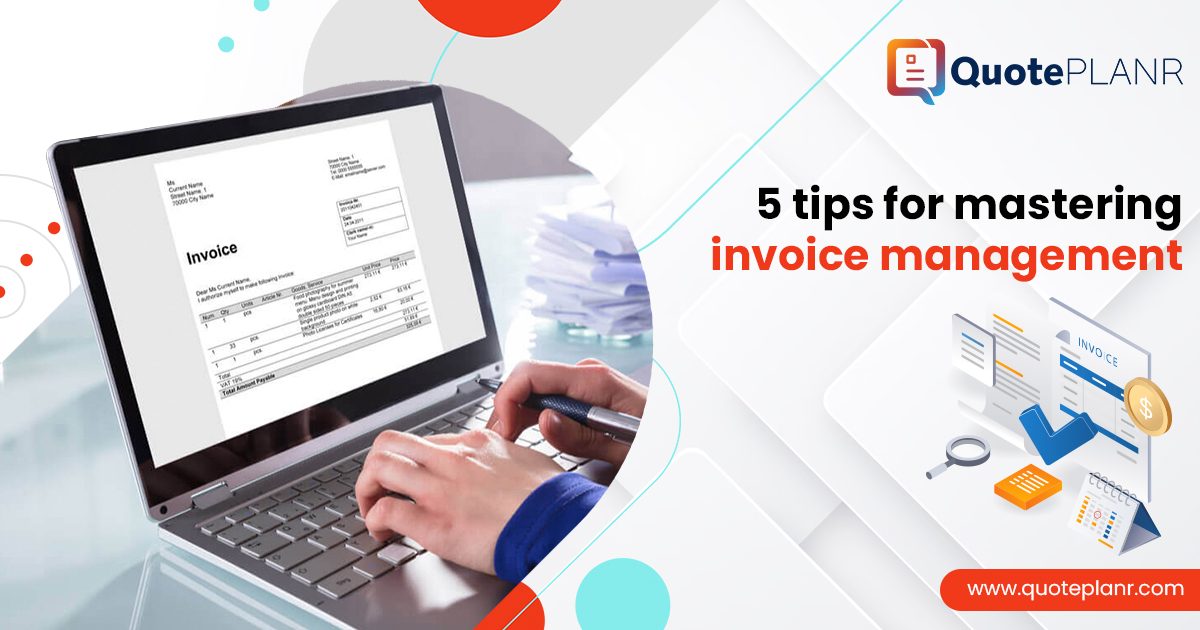Invoice Management: Types, Process, Systems, Challenges
Efficient invoice management is crucial for the financial health and operational efficiency of any business. Starting from the individual involved in the economy of a small business right to the person who handles the finances of a large company; they should not underestimate some of the basic practices even some of those that seem to compound because it helps in saving on time, reduces error and most importantly, it has a direct bearing on the cash flow in a way that would be positive.
In this blog post, let’s discuss what is invoice management, the general activities that go into the invoice management process, the tools, and technologies that are for invoice management system, and some of the challenges faced.
What is Invoice Management?
You might be wondering what an invoice management system is and what exactly it does to your business. This can be defined as the process by which organizations deal with their financial invoices from the point of purchase to the point where they are settled. This includes creating, approving, tracking, and storing invoices. Managing invoices assists in the payment of bills when they are due, and hence, no fines are to be paid to firms that awarded the bills and a good working relationship with the firms.
Benefits of Invoice Management System
Improved Efficiency:
Reduces processing time that is used in handling information through repetitive tasks, especially through the filing and retrieval system.
Reduced Errors:
Minimizes human errors through automation.
Cost Savings:
Cuts down on paper usage and manual labour costs.
Enhanced Visibility:
Enables invoice management and this leads to the tracking of the status of the same in a real-time manner.
Better Compliance:
Ensures adherence to financial regulations.
Challenges in Invoice Management
Real-Time Data:
Access to up-to-date inventory information across all locations.
Improved Accuracy:
Different records or even chances of errors are off the table, thus saving time.
Better Coordination:
Assists in resolving the exchange of information and organization between places.
Challenges of Multi-Location Inventory Management
Despite the advancements in technology, there are still several challenges:
Manual Data Entry
Keying of data causes a lot of problems since it may involve errors and delays and may even take a lot of time. Such problems can be managed if data capture is automated.
Approval Bottlenecks
Sometimes the invoices have a sequence of approvals, which takes time if not addressed properly. Automating the process of approval will enhance the rate of the approval process.
Lost or Misplaced Invoices
However, with paper, there is always the problem of misplacing or even losing the whole chain of invoices. Switching to digital invoicing minimizes the chances of losing crucial documents such as invoices, especially when one is involved in several businesses.
Compliance and Audit Issues
Adhering to the taxation laws and ensuring that the company is ready for an audit may, at some times, not be very easy. Good record or document management, together with the computerized tracking systems, assist in compliance.
Fraud and Security Risks
Such as fraudulent invoices and data breaches are always a threat. It is imperative to put measures that deal with security into practice, as well as the verification processes.
Types of Invoice Management System

Various systems can be employed to manage invoices effectively. Here are some common invoice management systems:
Manual Invoice Management System
This form of handling invoices involves the use of a paper-based system and documentation. Said strategy can sometimes be cheaper financially in the short term, but it takes a lot of time and can be full of blunders.
Automated System
Automated systems use software to streamline the invoice management process. It can also be used to capture, verify, and approve invoices directly from the system with little or no interference from people.
Cloud-Based Invoice Management System
Cloud-based systems offer remote access, allowing businesses to manage invoices from anywhere. It provides updated information in the process of work and can quickly integrate with other related fiscal systems.
ERP Systems
Enterprise Resource Planning (ERP) systems integrate invoice management with other business processes, such as procurement, inventory management, and accounting, providing a comprehensive solution.
The Invoice Management Process
The Important stages in the invoice management process, therefore, are as follows:
Invoice Creation
The first stage is invoice creation, which is also considered to be the initiatory stage. This involves generating invoices for the goods or services delivered, making sure that aside from the date, name, and address of the buyers, all the details like the description, quantity, prices, and terms of payment are met.
Invoice Approval
Thus, every created invoice goes through approval. The common workflow in this step is the validation of the invoice details concerning the delivery of the goods or services, checking their conformity to the invoice details, and the correctness of the pricing.
Invoice Submission
After approval, it is forwarded to the customer or the client as an invoice. This can be done through emails or regular mail it usually takes some time before the recipient can see it. Online submission is generally favoured because it is faster and more convenient.
Payment Processing
After the invoice has been received it triggers the payment process. This requires the customer to go over the invoice and make the payment, and the business, in turn, enters the payment in the system.
Reconciliation
The last but equally important invoice management process is the reconciliation. This entails comparing the payments received with the issued invoices with a view of verifying receipts of the invoices and ensuring that all payments are properly recorded and all outstanding issues arising therefrom are promptly addressed.
Generate Invoices Esaily with QuotePLANR
QuotePLANR offers a comprehensive invoice management service designed to simplify the entire process for businesses. As such, the help of QuotePLANR signifies that invoices can be automated and one can ascertain how many have been paid on this particular day or any other particular day as may be deemed appropriate. It can also integrate with the current accounting software present in the organization and it means that the invoicing system is done under one application.
Why Choose QuotePLANR?
Automation:
There is less chance of making a mistake when manually entering the numbers, and operations are carried out with more ease because of good billing practices.
Real-Time Tracking:
It concerns the progress of your invoices after creating the invoices until the actual payment of the amount is made.
Compliance:
Ensures compliance with tax regulations and accounting standards.
Fraud Prevention:
Matters that may reduce fraudulent actions, as well as ways of avoiding cases of issuing many invoices.
Simplify Your Invoice Management Today
As for the invoicing and other paperwork, one can certainly not spend much time on them, not even if it is needed. Therefore, we must understand the various forms of invoice management, their processes, and challenges so that we can arrive at the right solution for our firm. In summary, the efficient working of invoices implies time and money and the effective cash flow of the business through an effective tool such as QuotePLANR.
Here is the new way of managing invoices — Are you ready for it? To know more about why it is better to plan your quotes with QuotePLANR now!

Best Practices for Multi-Location Inventory Management

5 tips for mastering invoice management
Recent Posts
5 tips for mastering invoice management
Best Practices for Multi-Location Inventory Management
August 1, 2024
Popular Posts
5 tips for mastering invoice management
5 Things to Consider Before Buying Any Estimating Software
January 19, 2024QuotePLANR for Manufacturing Industry- A Case Study
January 20, 2024How Invoice Management Software Simplifies Your Work
May 15, 2024
